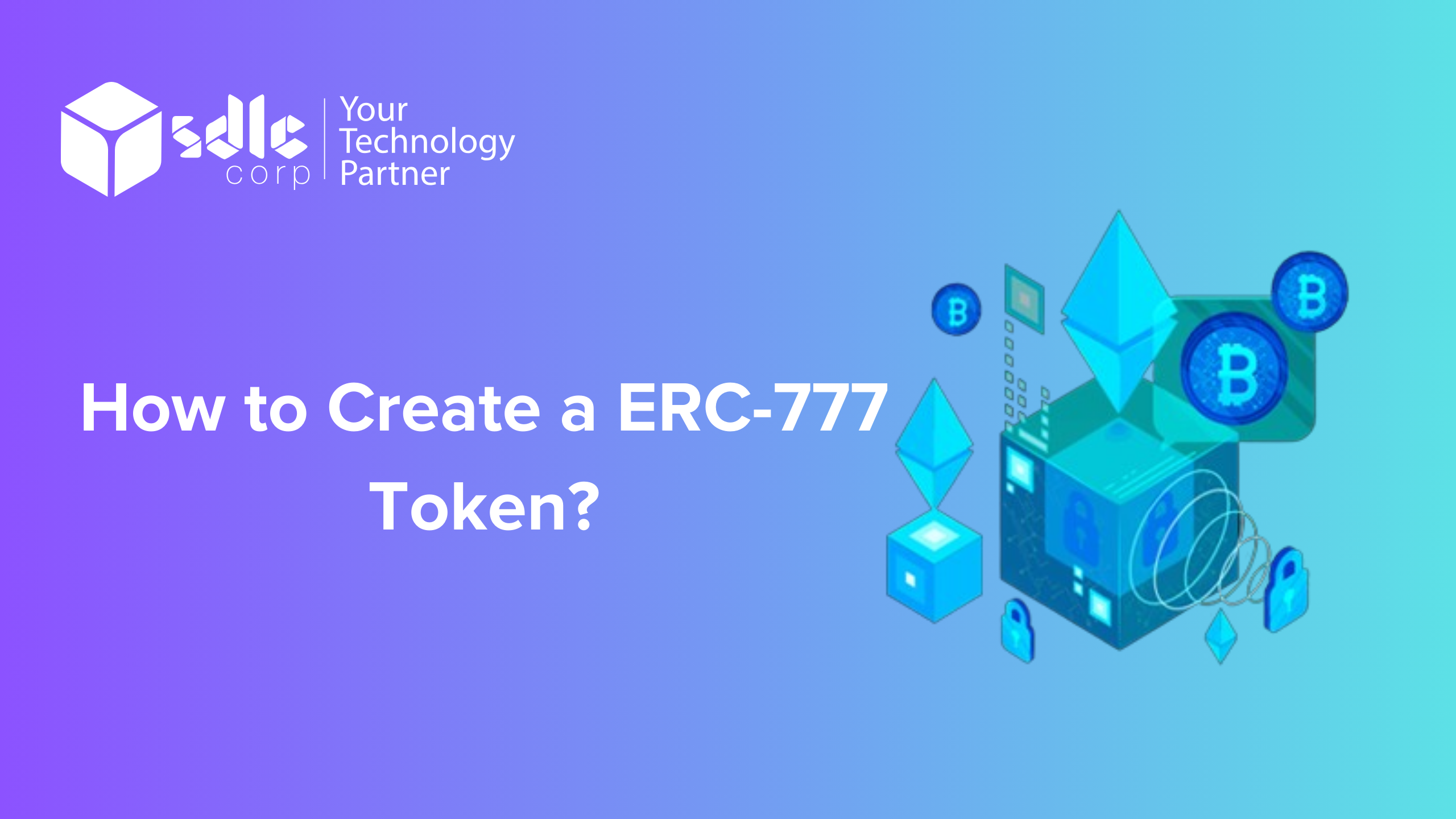How to Create an ERC-777 Token: A Step-by-Step Guide
In the realm of Ethereum-based tokens, ERC-777 stands out as an advanced standard that offers enhanced functionalities and capabilities compared to its predecessor, ERC-20. ERC-777 tokens are designed to provide improved interoperability, security features, and flexibility for developers and users within the Ethereum ecosystem. This step-by-step guide will walk you through the process of creating your own ERC-777 token.
Prerequisites
Before you begin creating your ERC-777 token, ensure you have the following prerequisites:
- Ethereum Wallet: Use a wallet that supports ERC-777 tokens, such as MetaMask or MyEtherWallet.
- Ether (ETH): ETH is required to pay for transaction fees on the Ethereum network.
- Solidity Smart Contract Knowledge: Familiarity with the Solidity programming language is recommended, as ERC-777 tokens are implemented using smart contracts.
Step 1: Set Up Development Environment
- Install Development Tools: Use an Integrated Development Environment (IDE) like Remix or a text editor with Solidity syntax highlighting for coding.
- Connect to Ethereum Network: Configure your development environment to connect to the Ethereum mainnet or testnet. Use MetaMask or other Ethereum-compatible wallets to interact with the blockchain.
Step 2: Write the Smart Contract
Define Contract Structure: Write the Solidity smart contract that adheres to the ERC-777 token standard. This includes specifying variables for token metadata, ownership, and enhanced functionalities like sending tokens with callbacks.
solidity
Copy code
// SPDX-License-Identifier: MITpragma solidity ^0.8.0;
import “@openzeppelin/contracts/token/ERC777/ERC777.sol”;
import “@openzeppelin/contracts/access/Ownable.sol”;
contract MyERC777Token is ERC777, Ownable {
constructor(
uint256 initialSupply,
address[] memory defaultOperators
) ERC777(“My ERC777 Token”, “M777”, defaultOperators) {
_mint(msg.sender, initialSupply, “”, “”);
}
function mint(address account, uint256 amount, bytes memory userData, bytes memory operatorData) public onlyOwner {
_mint(account, amount, userData, operatorData);
}
function burn(uint256 amount, bytes memory data) public {
_burn(msg.sender, amount, data);
}
}
- Import Libraries: Utilize OpenZeppelin’s ERC777 and Ownable contracts for secure and efficient token management. Customize the token name (“My ERC777 Token”) and symbol (“M777”) according to your project requirements.
Step 3: Compile and Deploy the Smart Contract
- Compile Contract: Compile the smart contract code using Remix IDE or Solidity compiler. Ensure there are no syntax errors or warnings.
- Deploy Contract: Deploy the compiled smart contract to the Ethereum blockchain. Use Remix IDE or deploy script with MetaMask or other wallet extensions.
Step 4: Verify and Interact
- Verify Contract: Verify the deployed smart contract on Etherscan or other Ethereum block explorers to confirm correctness and transparency.
- Interact with Token: Use your Ethereum wallet to interact with the ERC-777 token. You can mint new tokens, transfer them between addresses, and integrate the token into dApps or exchanges that support ERC-777 tokens.
Step 5: Market and Manage
- Market Your Token: Promote your ERC-777 token through social media, crypto communities, and specialized platforms to increase visibility and adoption.
- Manage Token Supply: Monitor and manage token supply, transactions, and user interactions using blockchain analytics tools and wallet interfaces.

Conclusion
Creating an ERC-777 token provides developers and entrepreneurs with advanced features and flexibility to tokenize assets and participate in the Ethereum ecosystem. By following this guide, you can navigate the process of creating, deploying, and managing your own ERC-777 token, contributing to the growing landscape of digital assets and decentralised applications (dApps). However, it’s essential to be aware of the security challenges inherent in implementing ERC-777 tokens.
Whether you’re exploring decentralised finance (DeFi), enhancing interoperability, or innovating with blockchain technology, understanding how to create an ERC-777 token equips you with the tools to leverage advanced token standards and participate in the evolving decentralised economy.

Conclusion
Creating an ERC-777 token provides developers and entrepreneurs with advanced features and flexibility to tokenize assets and participate in the Ethereum ecosystem. By following this guide, you can navigate the process of creating, deploying, and managing your own ERC-777 token, contributing to the growing landscape of digital assets and decentralised applications (dApps). However, it’s essential to be aware of the security challenges inherent in implementing ERC-777 tokens.
Whether you’re exploring decentralised finance (DeFi), enhancing interoperability, or innovating with blockchain technology, understanding how to create an ERC-777 token equips you with the tools to leverage advanced token standards and participate in the evolving decentralised economy.
















